I’ve been without a decent point-and-shoot camera for quite a while. Since I have an iPhone it’s been my “go-to” for getting quick photos, mostly to share online or just use as documenting things or taking notes. I don’t really enjoy hauling an SLR around with me, and when I do I often will trim it down to my small Canon 60D with one lens (oftentimes a 28mm) so I don’t have a huge camera over my shoulder. But that small setup still wouldn’t really fit into my purse/bag easily, and I didn’t want to spend money on a tiny P&S that I knew I wouldn’t use when I already had an iPhone.
So, I decided to jump in and get the Fujifilm FinePix x100. In theory it seems perfect: larger sensor (a HUGE reason I wanted it in the first place), simple dial placement and a quiet shutter … along with other neat things like a digital viewfinder and a retro look. It’s pricey, but I knew I would use it. In fact, on a recent trip to Moab I went an entire morning without an SLR in an absolutely gorgeous part of Arches National Park. My goal was to relax and enjoy the view, and not haul a large tripod with SLR around to get photos I probably wouldn’t even like. I didn’t have the x100 at the time, but oh boy … it would have been perfect. It’s for moments like those that I wanted this camera.
So, I picked up the camera from Pictureline and have now had it for just a few days. I’ve taken a few hundred photos with it and here is my overall assessment: I’m in LOVE! Here are some of my thoughts on the camera thus far:
- Viewfinder & LCD: The viewfinder on the x100 is really, really cool. It has optical and electronic, and also a pretty normal LCD monitor. I like using the viewfinder in “optical” mode … there’s a border inside the viewfinder to show you where the lens will actually photograph (to avoid parallax error) and it also has a read-out of the exposure settings. In “electronic” mode it is pretty much just like looking at the LCD monitor, or through an SLR camera, except that it’s electronic. It’s also very easy to switch between the two with a dedicated switch on the front of the camera.
- In-camera ND filter: How cool is this? And … why don’t more SLR cameras have this in them? It’s nice to be able to set the ND filter and keep the aperture pretty wide open when outdoors … I love shallow DOF and this is a nice feature.
- Macro focusing: The regular minimum focusing distance is a few feet, but you can switch it to “macro” mode pretty easily and focus in as close as a few inches. The focusing is much slower at this setting, so I really like the fact that it’s a separate setting. I wouldn’t keep it in this setting because it is pretty slow to focus in “macro” mode (and the camera seems to switch it off on its own, or after previewing a photo … I haven’t quite figured it out yet).
- Knobs & Dials: Both the aperture and shutter speed settings are clunky knobs on the top of the camera (shutter speed) and on the lens ring (aperture). I love this … it feels nice to have this kind of control over a camera again. I have a feeling I’ll keep the shutter speed set to “auto” and just work in aperture priority, which is what I normally do with my SLR when not photographing in-studio.
- ISO: The ISO range is pretty good, and there’s also an “auto ISO” setting, something I like in my camera when doing “casual” photography. The “auto ISO” setting is in the menu, and not easy-access like the ISO is (it’s pre-set in the “Fn” button on the top of the camera). I posted some full-res examples of the different ISO settings below.
- Silent Mode: This is so, so great for when you want to be a wallflower and photograph things without calling attention to yourself. It’s also really easy to jump back-and-forth between silent and non-silent mode. A great fit for this camera … the only time I ever see myself taking it out of silent mode is on the rare occasion I want to use the on-camera flash, or when I want to plug in a PocketWizard to do some off-camera strobe lighting. I do wish I could disable the alert that pops up whenever I accidentally push the “flash” button … since you can’t use the flash in silent mode then it tells you “disable silent mode!” if you bump the button, and freezes on the screen for a few seconds.
- Panorama & HDR mode: One thing that is kinda fun is an auto-stitching panorama shooting mode. In the few tries I’ve done it does an okay job … it had some trouble stitching a fence (in one of the photos below) but probably does a much better job with farther off “landscape” type scenes. It also seems to have an HDR mode that auto-creates an HDR. Examples for both of these are in the photos below.
- Focus Points: There are quite a few focus points on the camera, and they seem to go really close to the edges of the frame (top/bottom and sides). It’s nice to see a camera finally start putting focus points that aren’t grouped up just in the middel of the viewfinder for a change.
- Fujifilm X-100
- Fujifilm X-100
Here are some example photos. All images are straight out-of-camera with no editing:
- Fujifilm X-100 (in-camera panorama), 1/450 sec at f/8, ISO 200
- Fujifilm X-100, 1/320 sec at f/2.8, ISO 200
- Fujifilm X-100, 1/320 sec at f/11, ISO 200
- Fujifilm X-100, 1/4 sec at f/5.6, ISO 200
- Fujifilm X-100 (in-camera panorama), 1/300 sec at f/11, ISO 200
- Fujifilm X-100, 1/4000 sec at f/11, ISO 3200
I’ve been without a decent point-and-shoot camera for quite a while. Since I have an iPhone it’s been my “go-to” for getting quick photos, mostly to share online or just use as documenting things or taking notes. I don’t really enjoy hauling an SLR around with me, and when I do I often will trim it down to my small Canon 60D with one lens (oftentimes a 28mm) so I don’t have a huge camera over my shoulder. But that small setup still wouldn’t really fit into my purse/bag easily, and I didn’t want to spend money on a tiny P&S that I knew I wouldn’t use when I already had an iPhone.
So, I decided to jump in and get the Fujifilm FinePix x100. In theory it seems perfect: larger sensor (a HUGE reason I wanted it in the first place), simple dial placement and a quiet shutter … along with other neat things like a digital viewfinder and a retro look. It’s pricey, but I knew I would use it. In fact, on a recent trip to Moab I went an entire morning without an SLR in an absolutely gorgeous part of Arches National Park. My goal was to relax and enjoy the view, and not haul a large tripod with SLR around to get photos I probably wouldn’t even like. I didn’t have the x100 at the time, but oh boy … it would have been perfect. It’s for moments like those that I wanted this camera.
So, I picked up the camera from Pictureline and have now had it for just a few days. I’ve taken a few hundred photos with it and here is my overall assessment: I’m in LOVE! Here are some of my thoughts on the camera thus far:
- Viewfinder & LCD: The viewfinder on the x100 is really, really cool. It has optical and electronic, and also a pretty normal LCD monitor. I like using the viewfinder in “optical” mode … there’s a border inside the viewfinder to show you where the lens will actually photograph (to avoid parallax error) and it also has a read-out of the exposure settings. In “electronic” mode it is pretty much just like looking at the LCD monitor, or through an SLR camera, except that it’s electronic. It’s also very easy to switch between the two with a dedicated switch on the front of the camera.
- In-camera ND filter: How cool is this? And … why don’t more SLR cameras have this in them? It’s nice to be able to set the ND filter and keep the aperture pretty wide open when outdoors … I love shallow DOF and this is a nice feature.
- Macro focusing: The regular minimum focusing distance is a few feet, but you can switch it to “macro” mode pretty easily and focus in as close as a few inches. The focusing is much slower at this setting, so I really like the fact that it’s a separate setting. I wouldn’t keep it in this setting because it is pretty slow to focus in “macro” mode (and the camera seems to switch it off on its own, or after previewing a photo … I haven’t quite figured it out yet).
- Knobs & Dials: Both the aperture and shutter speed settings are clunky knobs on the top of the camera (shutter speed) and on the lens ring (aperture). I love this … it feels nice to have this kind of control over a camera again. I have a feeling I’ll keep the shutter speed set to “auto” and just work in aperture priority, which is what I normally do with my SLR when not photographing in-studio.
- ISO: The ISO range is pretty good, and there’s also an “auto ISO” setting, something I like in my camera when doing “casual” photography. The “auto ISO” setting is in the menu, and not easy-access like the ISO is (it’s pre-set in the “Fn” button on the top of the camera). I posted some full-res examples of the different ISO settings below.
- Silent Mode: This is so, so great for when you want to be a wallflower and photograph things without calling attention to yourself. It’s also really easy to jump back-and-forth between silent and non-silent mode. A great fit for this camera … the only time I ever see myself taking it out of silent mode is on the rare occasion I want to use the on-camera flash, or when I want to plug in a PocketWizard to do some off-camera strobe lighting. I do wish I could disable the alert that pops up whenever I accidentally push the “flash” button … since you can’t use the flash in silent mode then it tells you “disable silent mode!” if you bump the button, and freezes on the screen for a few seconds.
- Panorama & HDR mode: One thing that is kinda fun is an auto-stitching panorama shooting mode. In the few tries I’ve done it does an okay job … it had some trouble stitching a fence (in one of the photos below) but probably does a much better job with farther off “landscape” type scenes. It also seems to have an HDR mode that auto-creates an HDR. Examples for both of these are in the photos below.
- Focus Points: There are quite a few focus points on the camera, and they seem to go really close to the edges of the frame (top/bottom and sides). It’s nice to see a camera finally start putting focus points that aren’t grouped up just in the middel of the viewfinder for a change.
- Fujifilm X-100
- Fujifilm X-100
Here are some example photos. All images are straight out-of-camera with no editing:
- Fujifilm X-100 (in-camera panorama), 1/300 sec at f/11, ISO 200
- Fujifilm X-100, 1/320 sec at f/11, ISO 200
- Fujifilm X-100 (in-camera panorama), 1/450 sec at f/8, ISO 200
- Fujifilm X-100, 1/320 sec at f/2.8, ISO 200
- Fujifilm X-100, 1/4 sec at f/5.6, ISO 200
- Fujifilm X-100, 1/4000 sec at f/11, ISO 3200

Nicole is a photographer, published author, and educator specializing in Lightroom, Photoshop, and photography. She is best known for her books on food photography but is widely versed in various photographic genres, including landscape, nature, stock, travel, and experimental imagery.

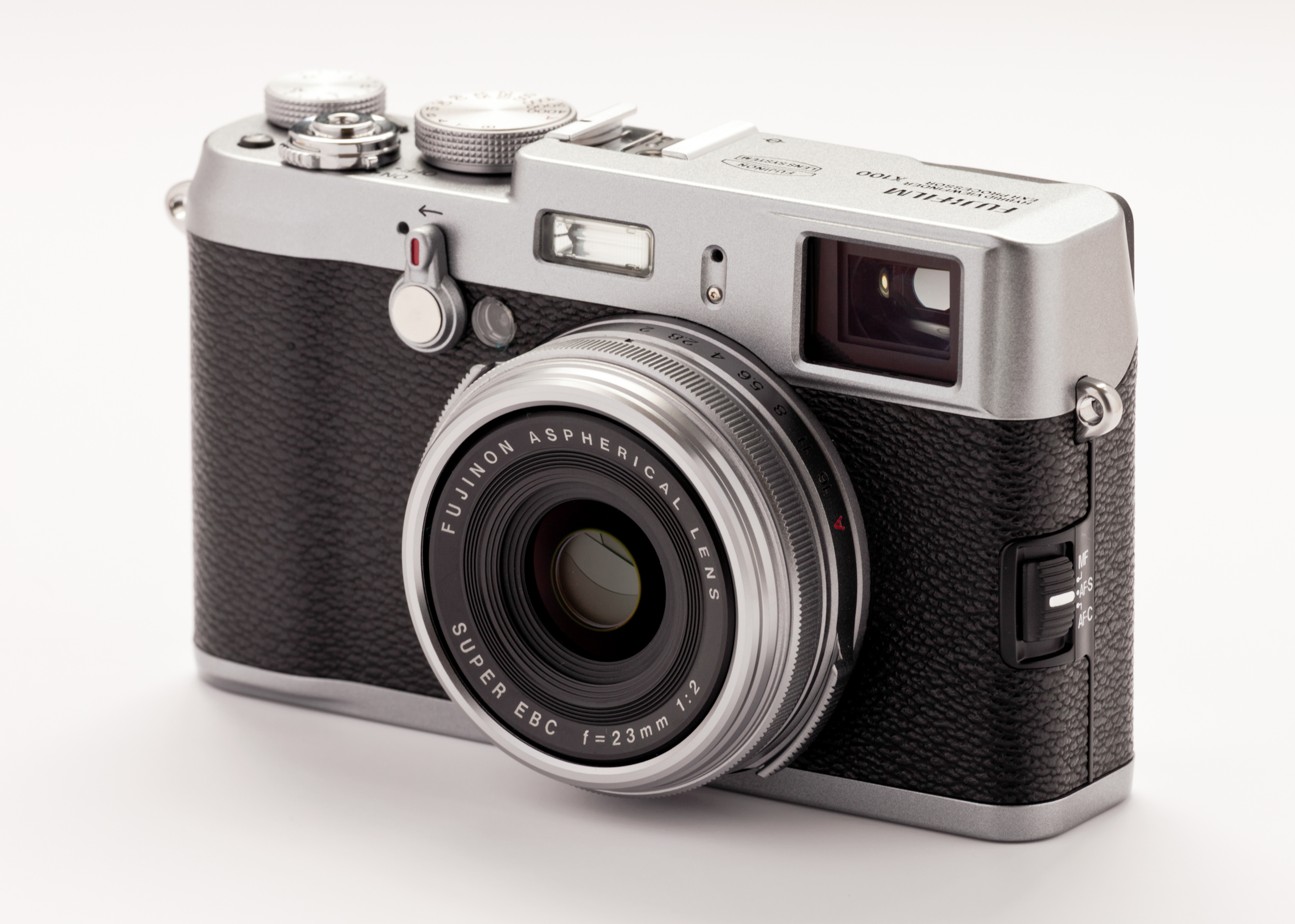
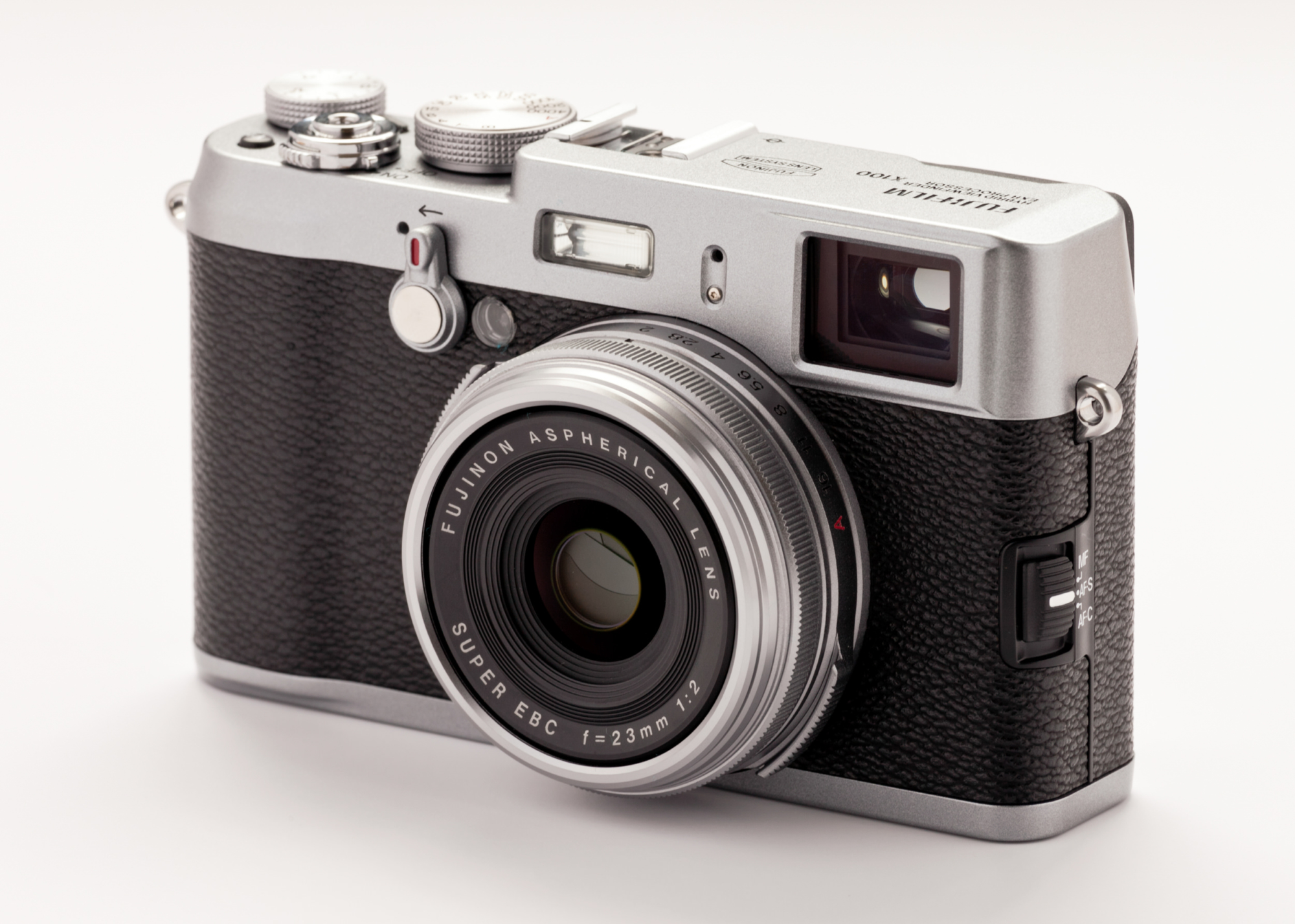
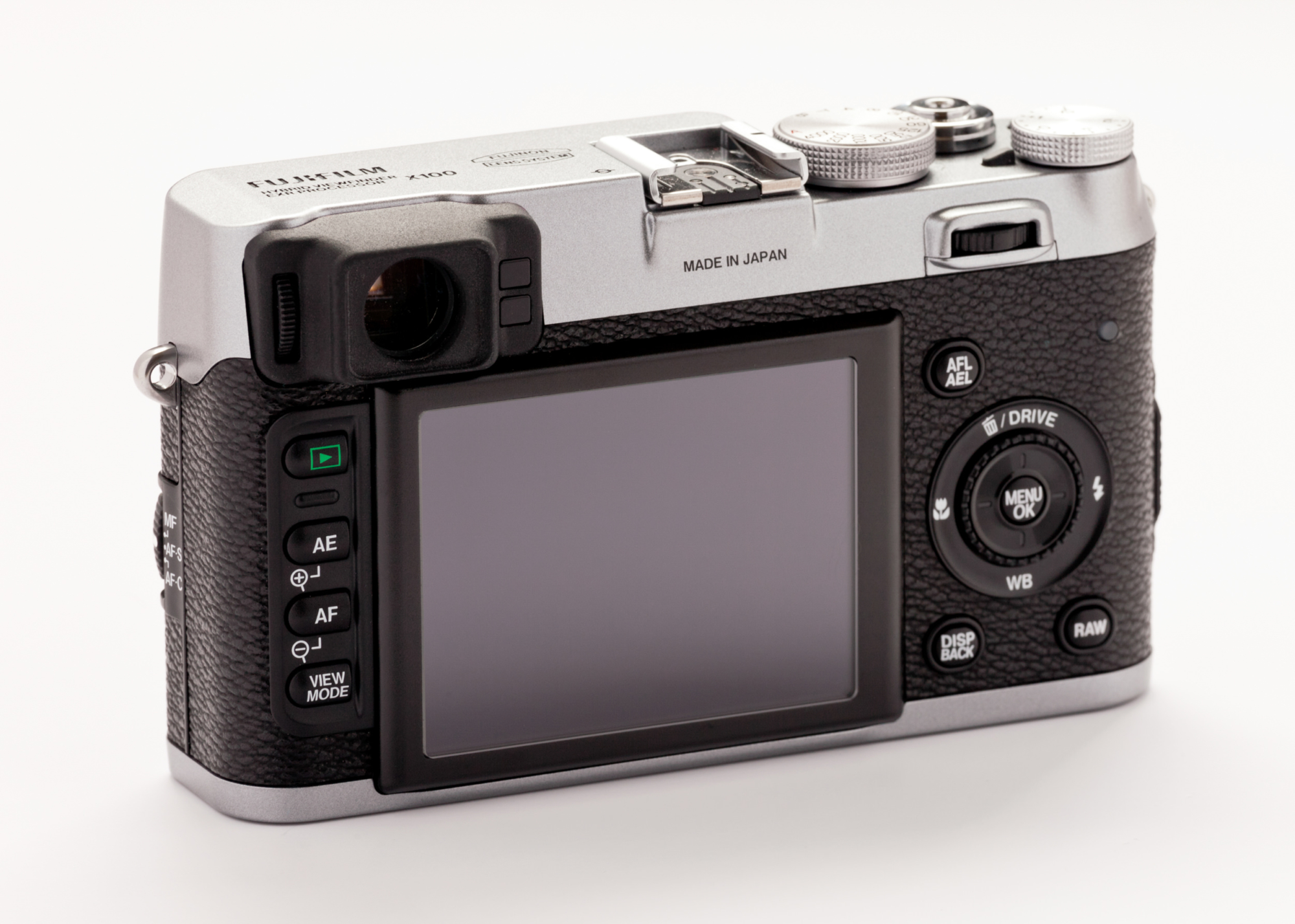

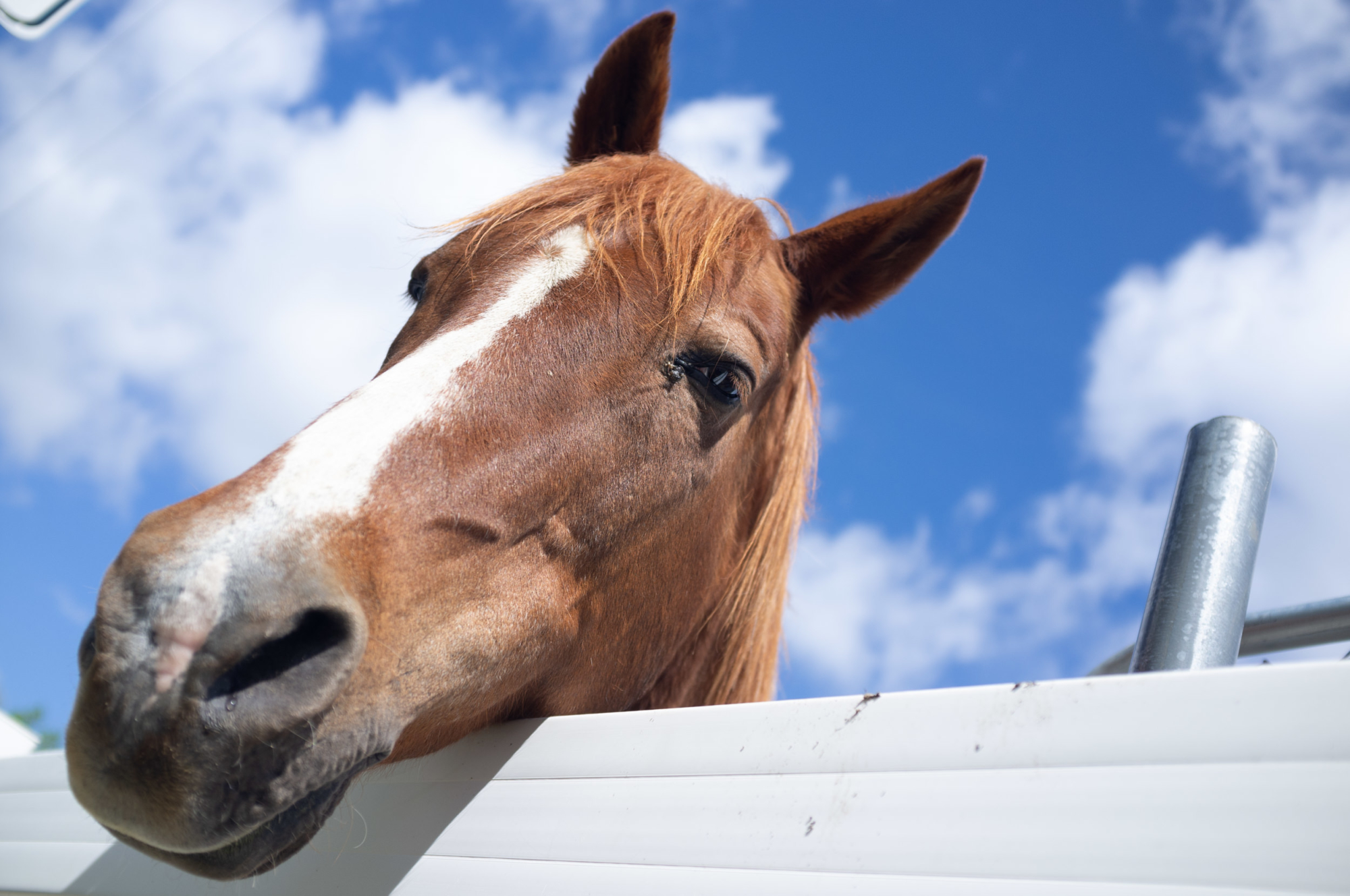
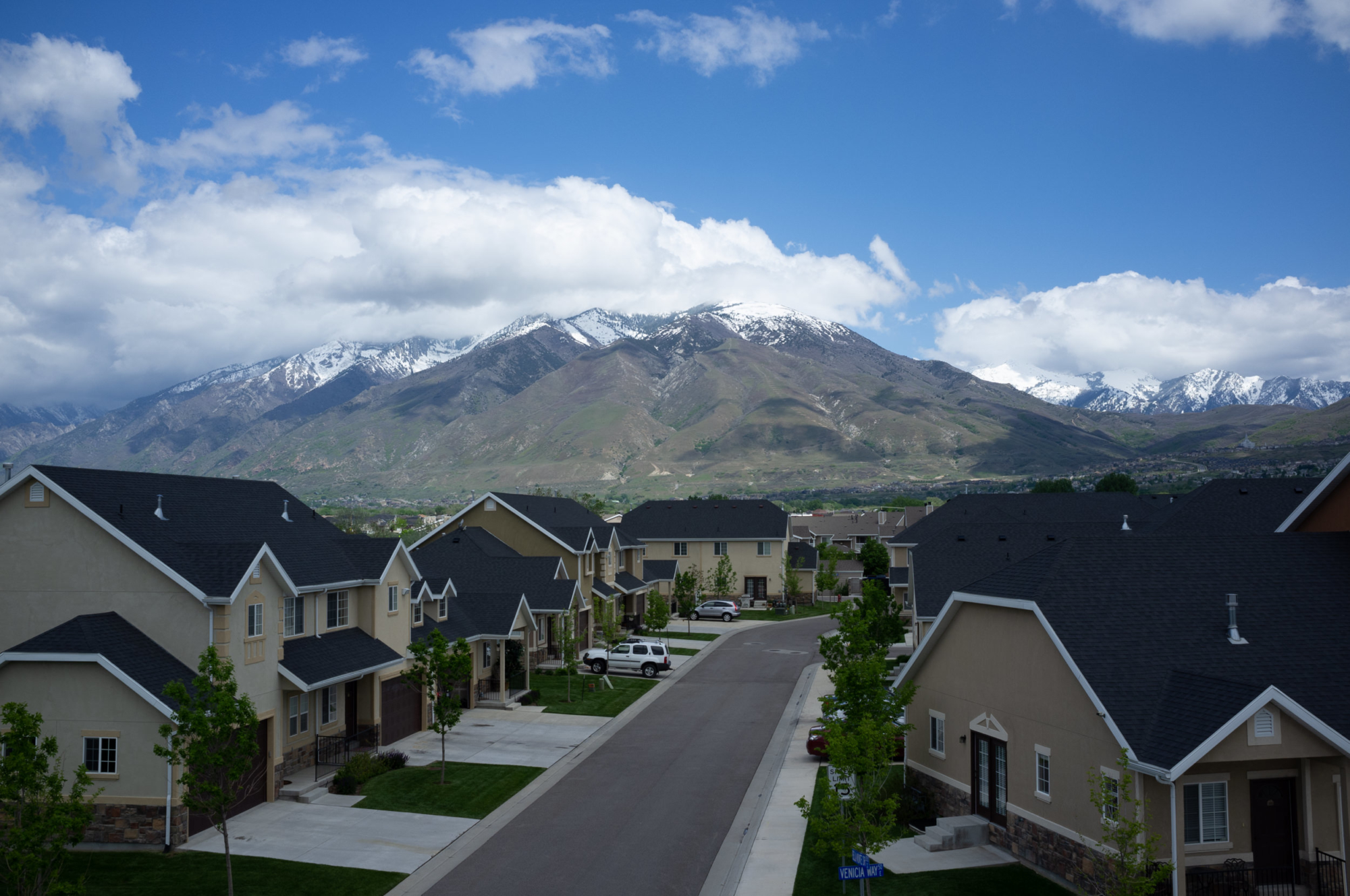
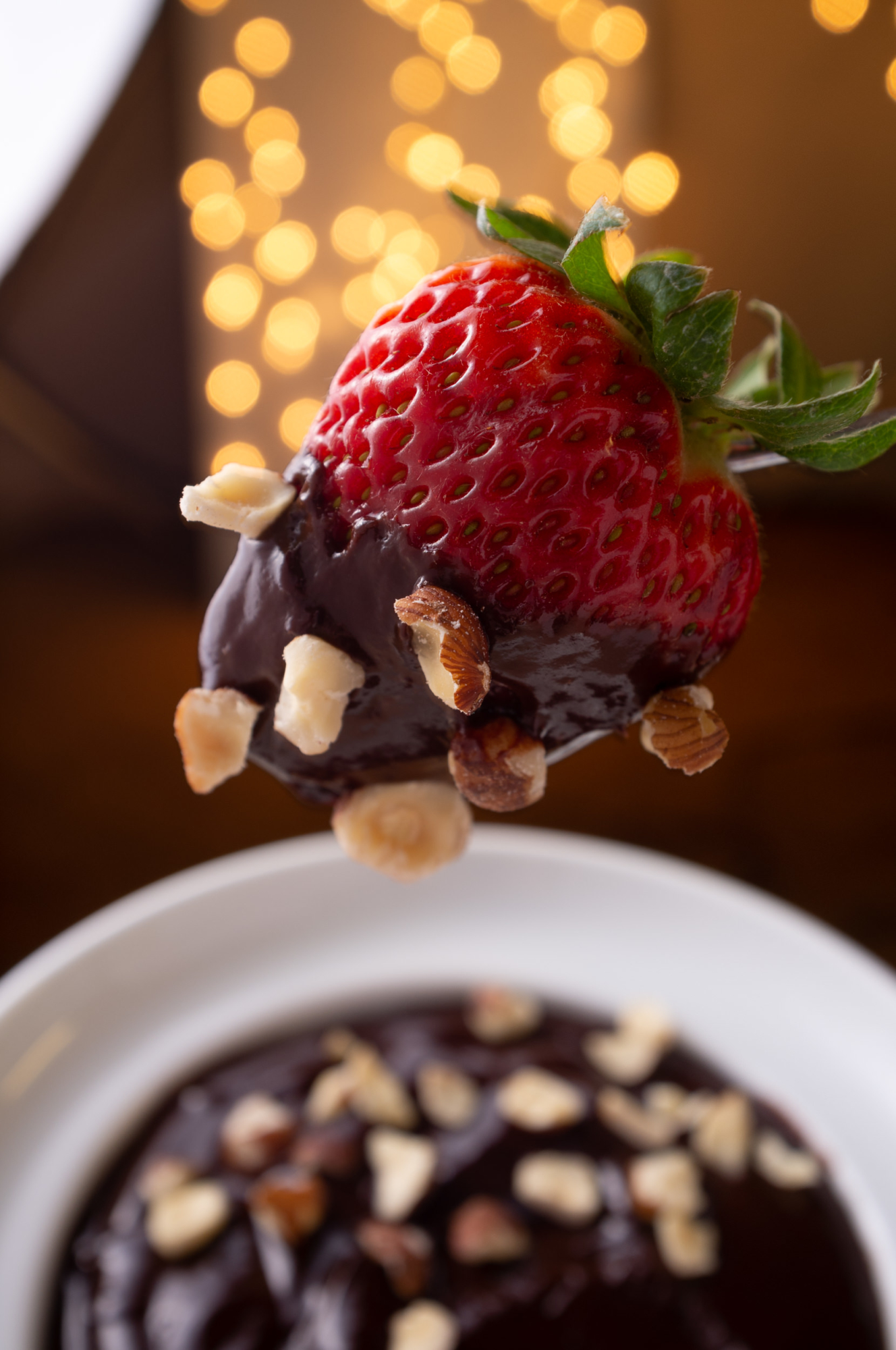

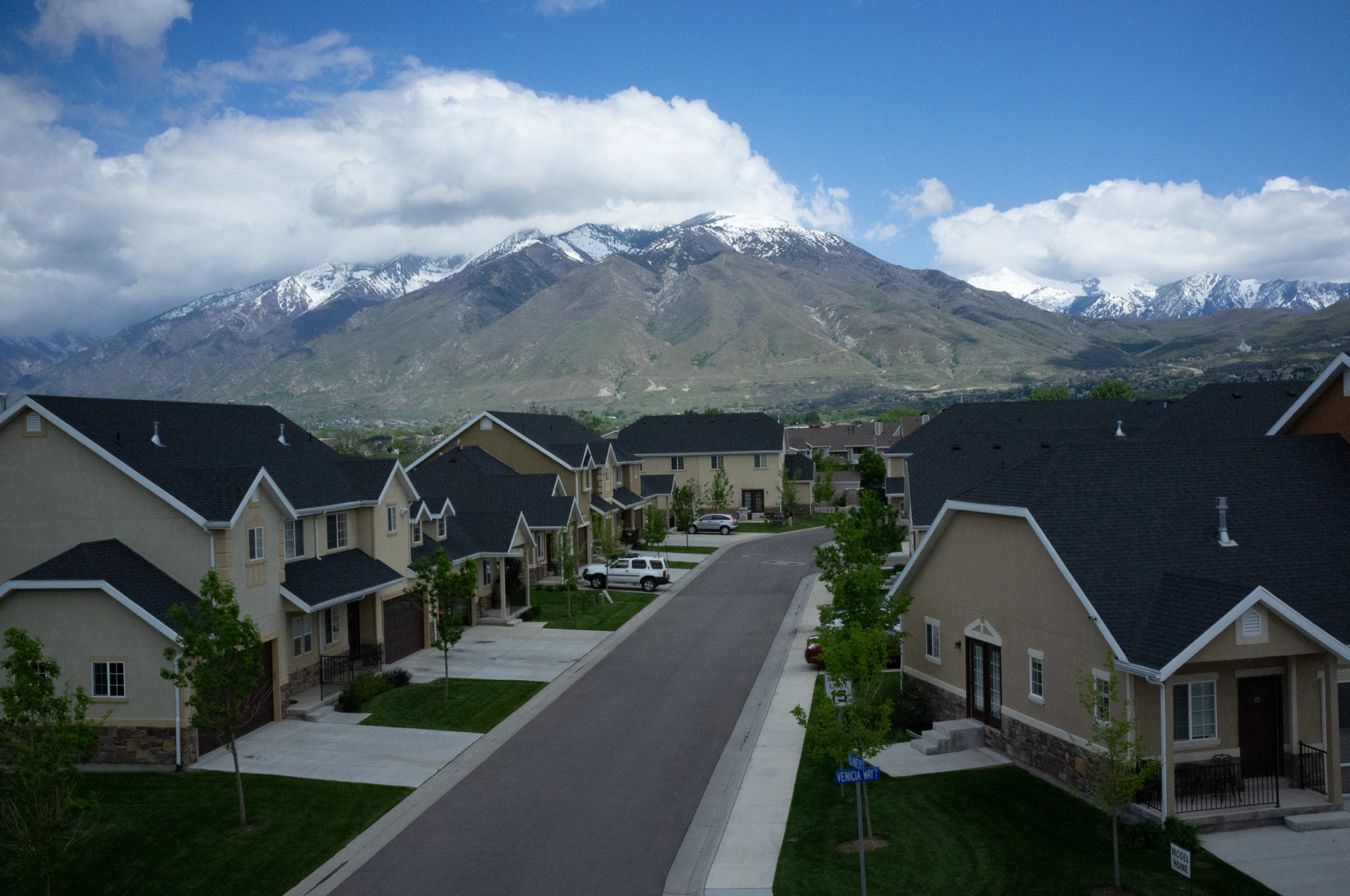
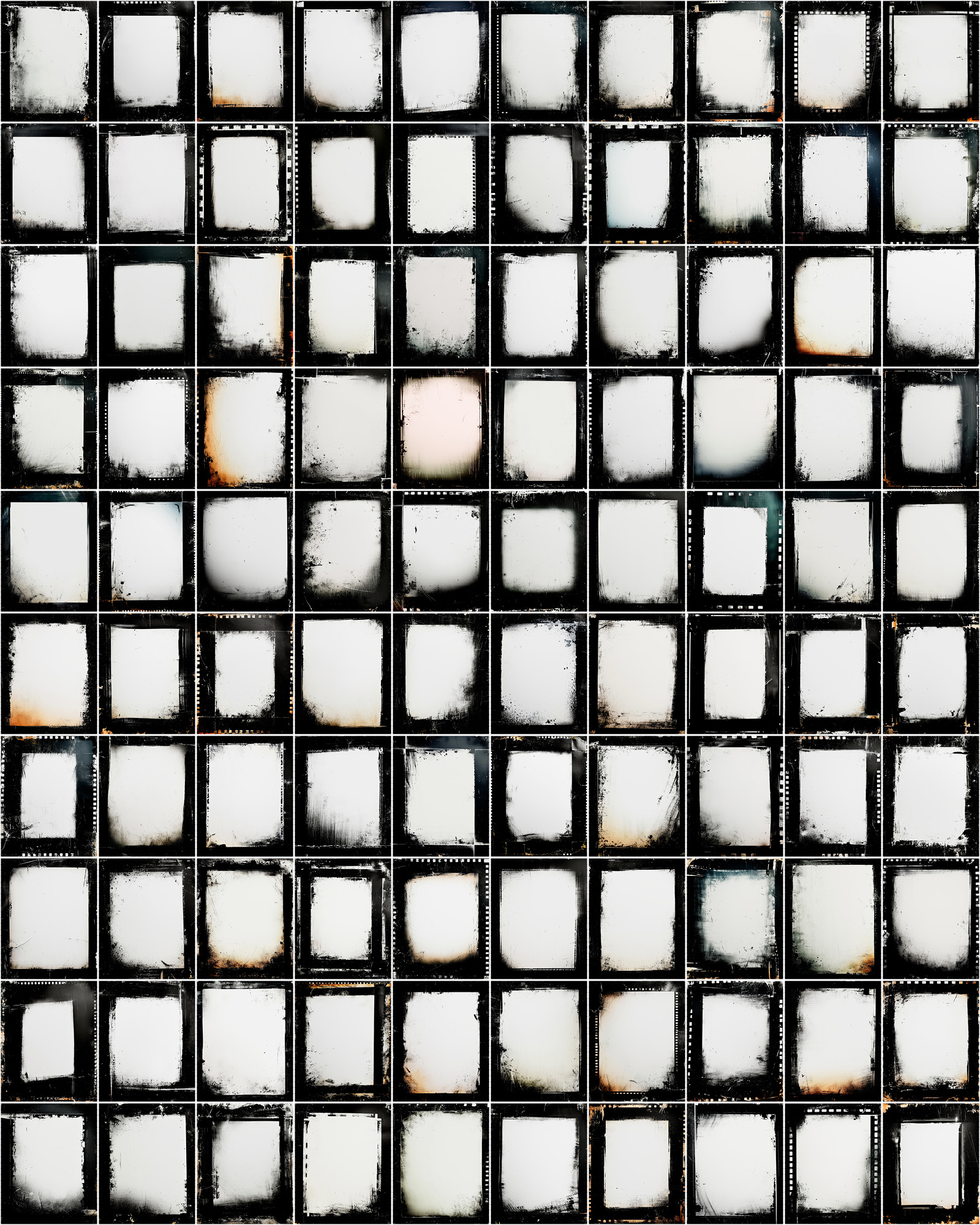


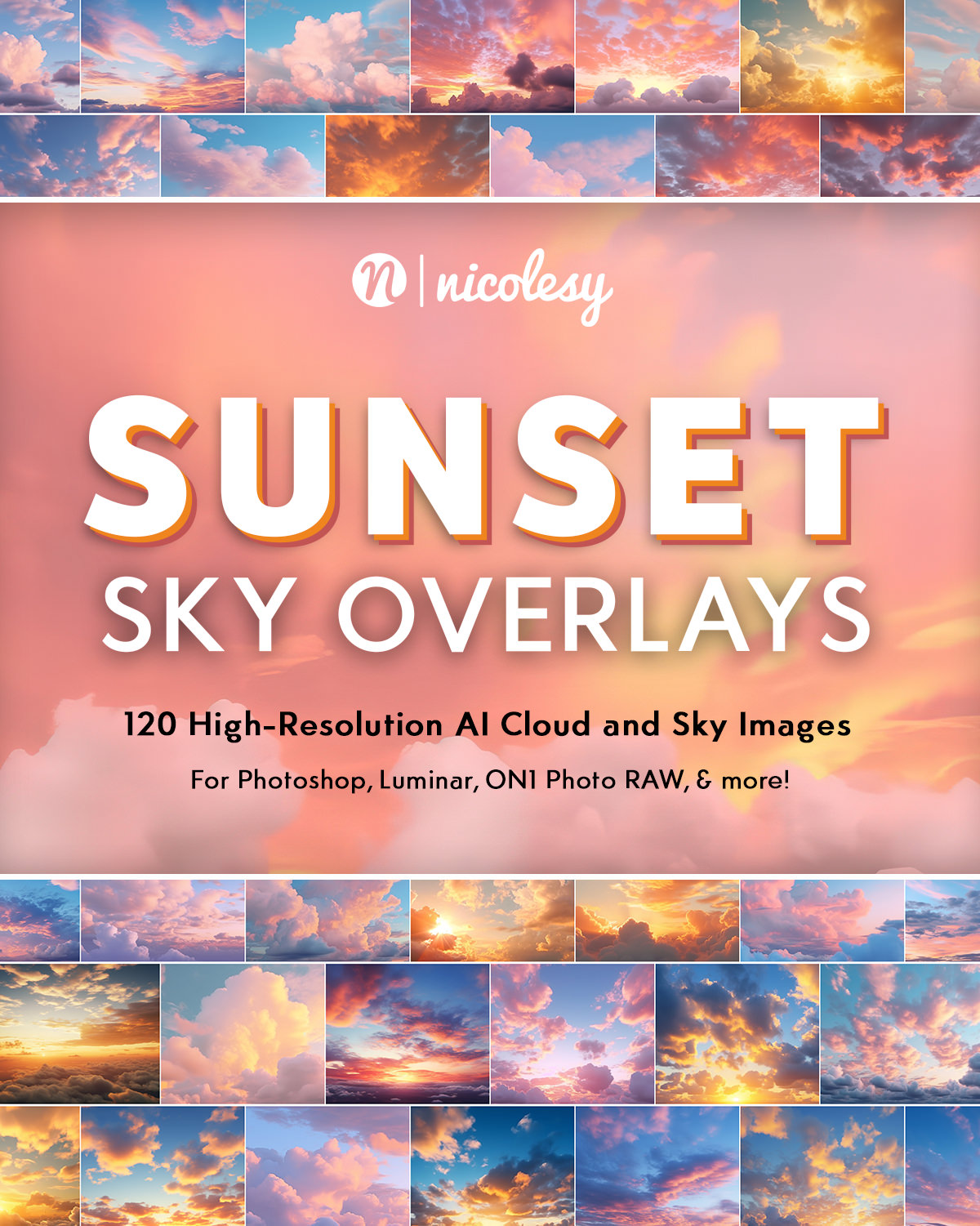

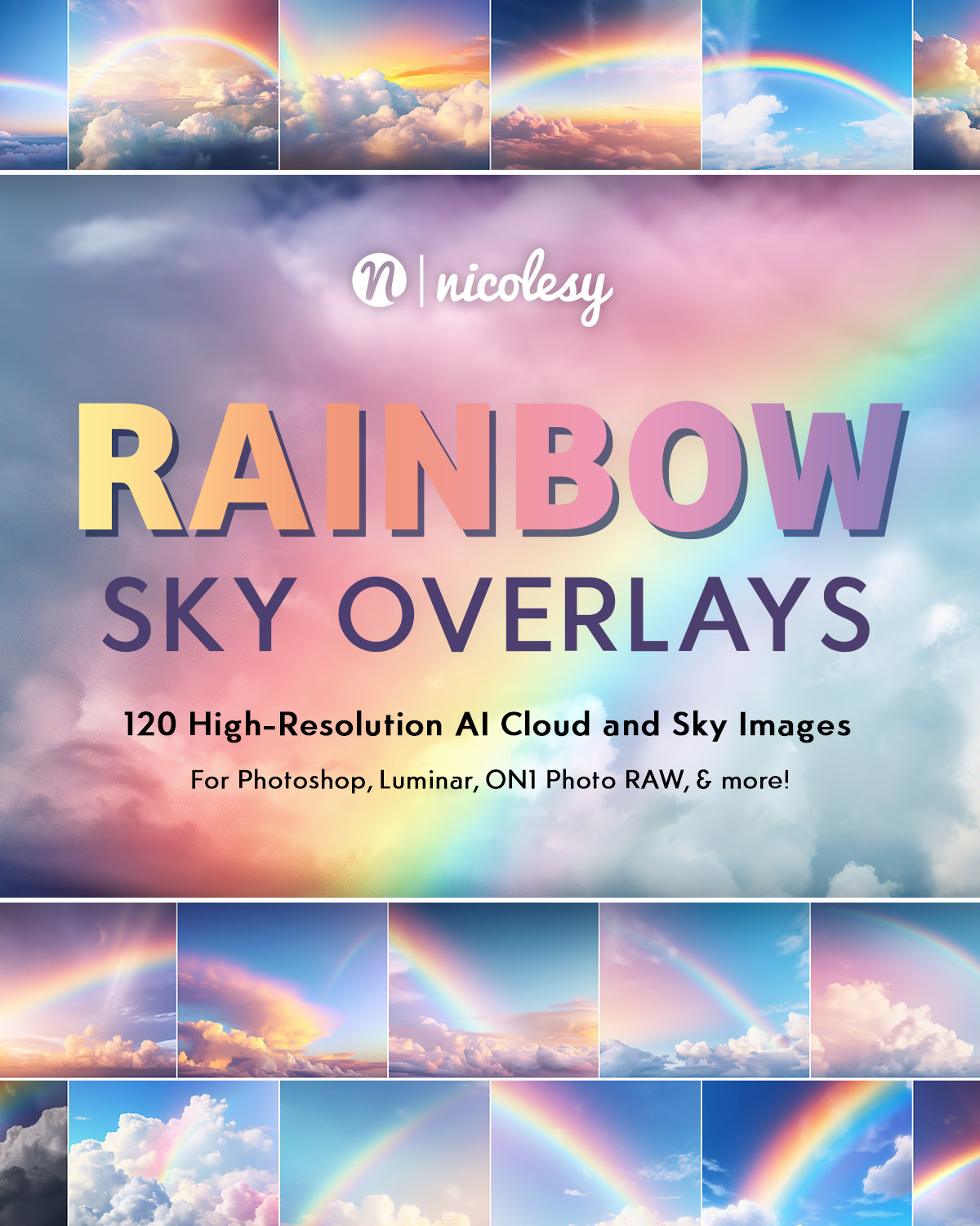
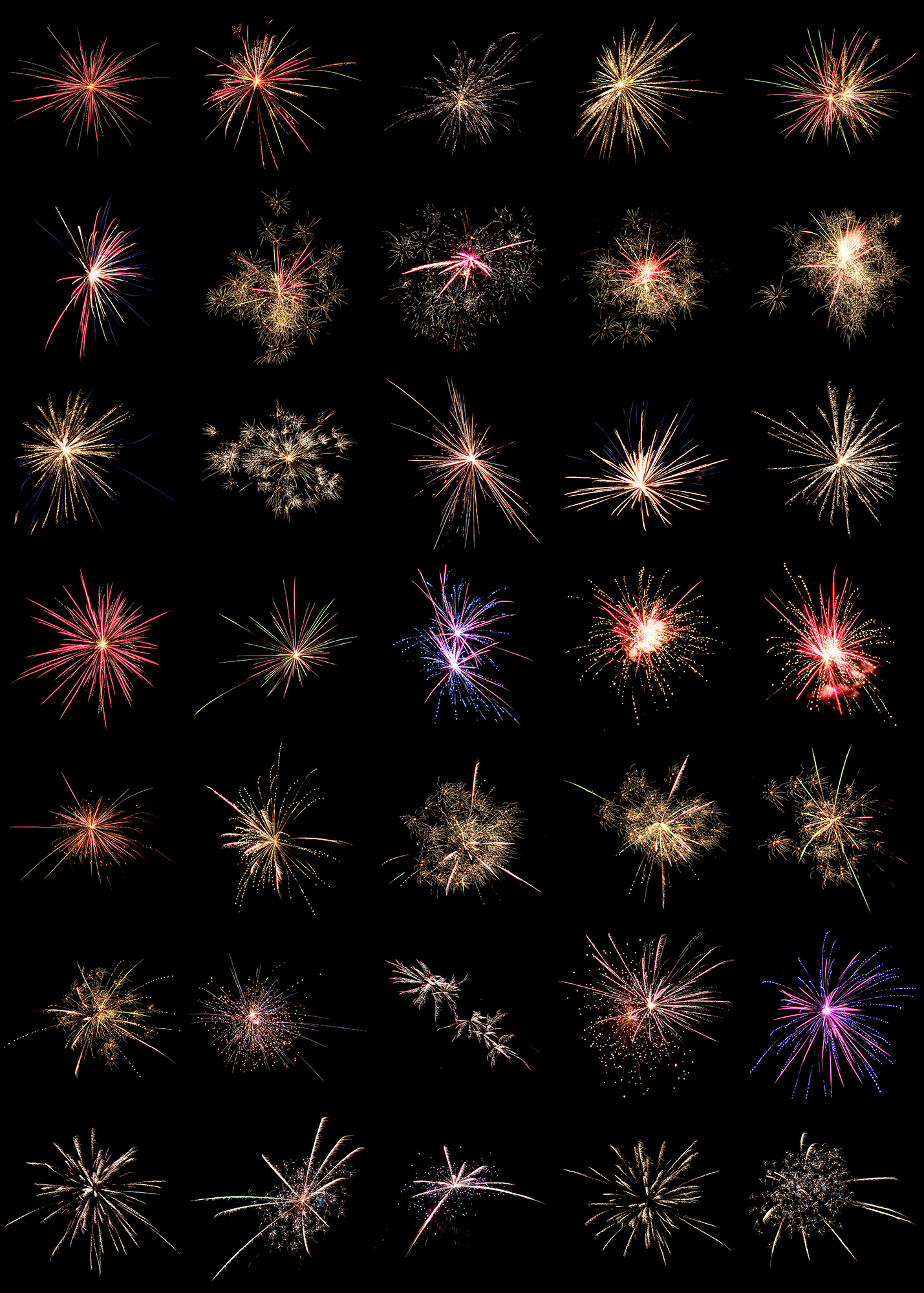
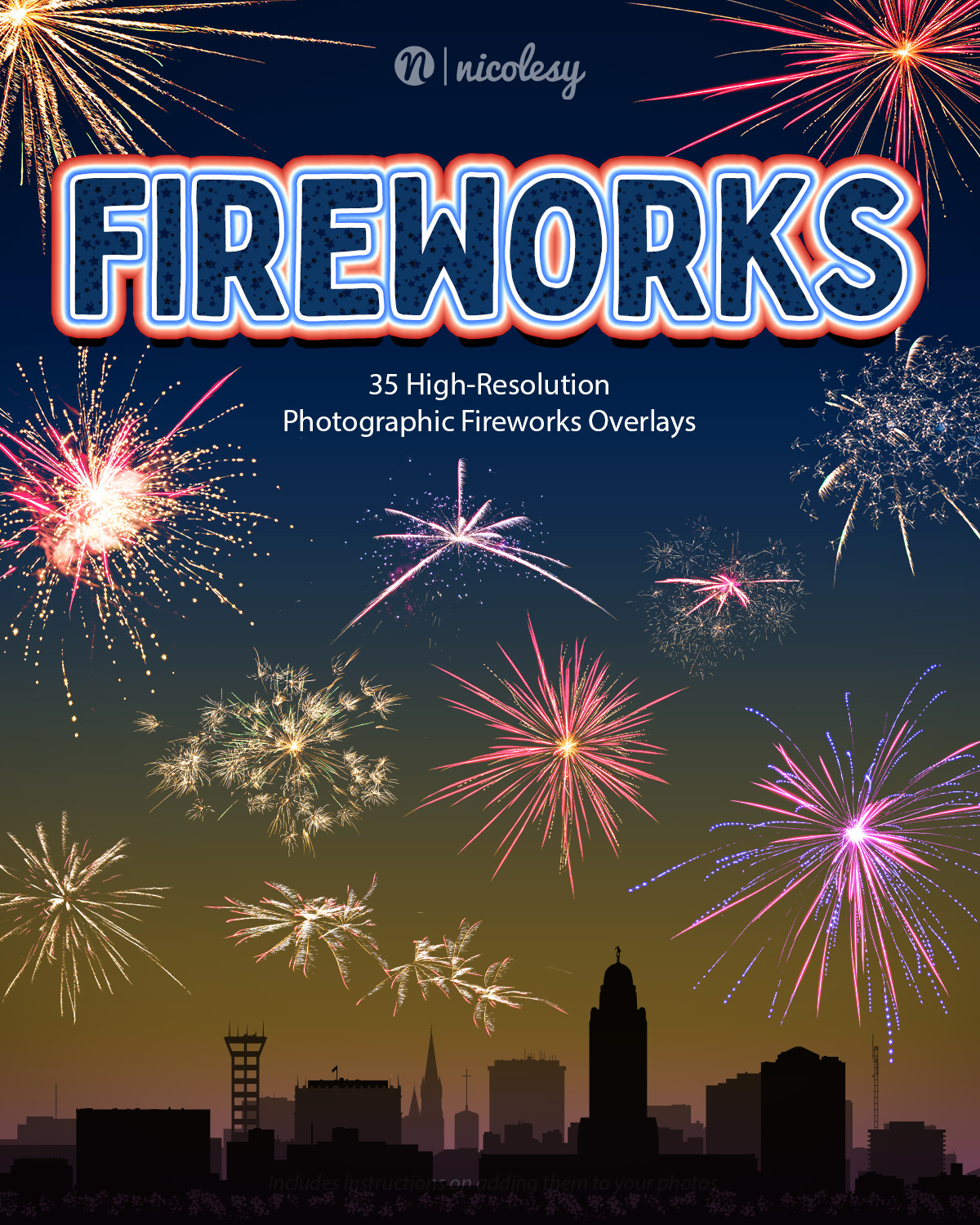
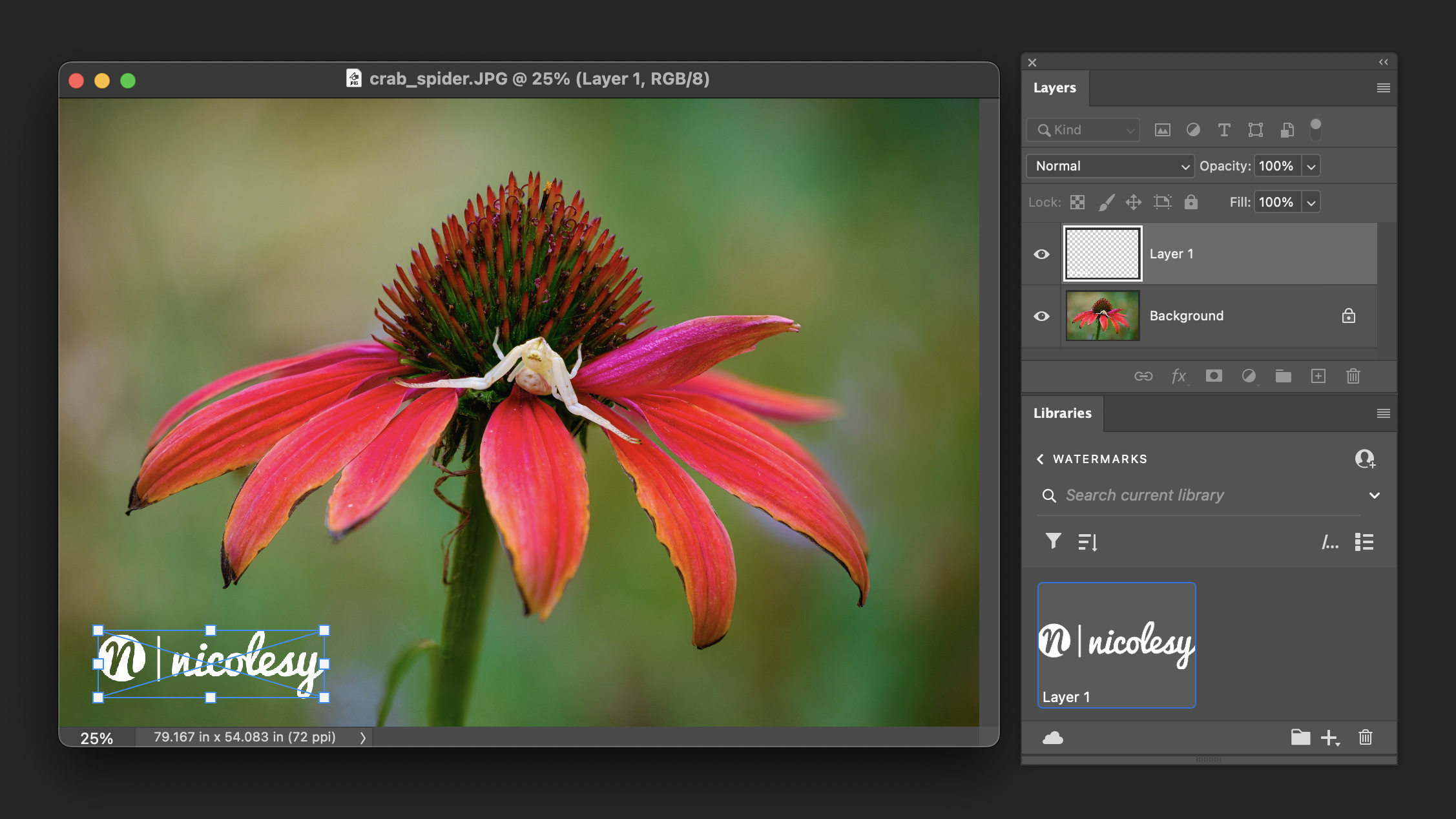
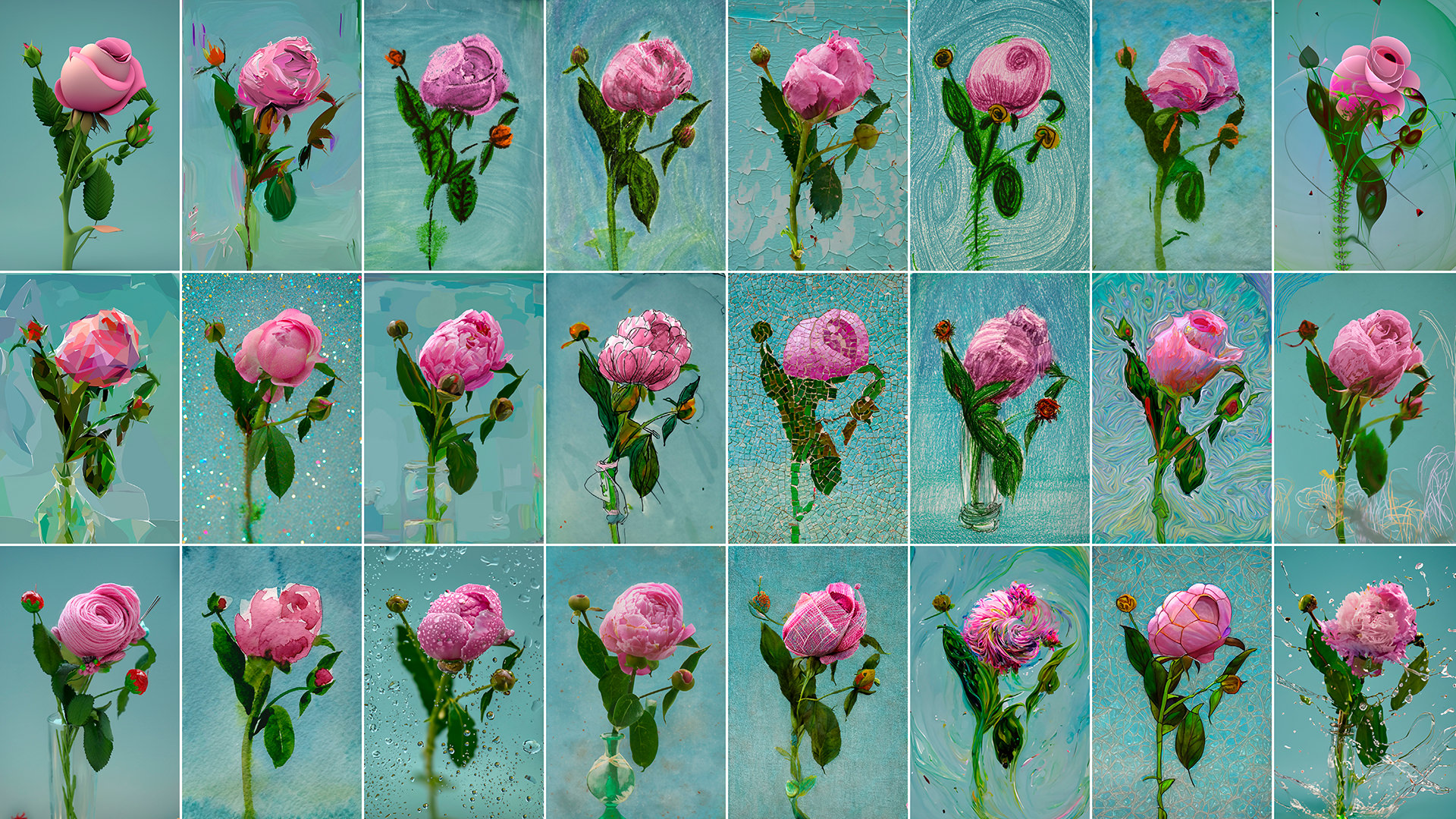
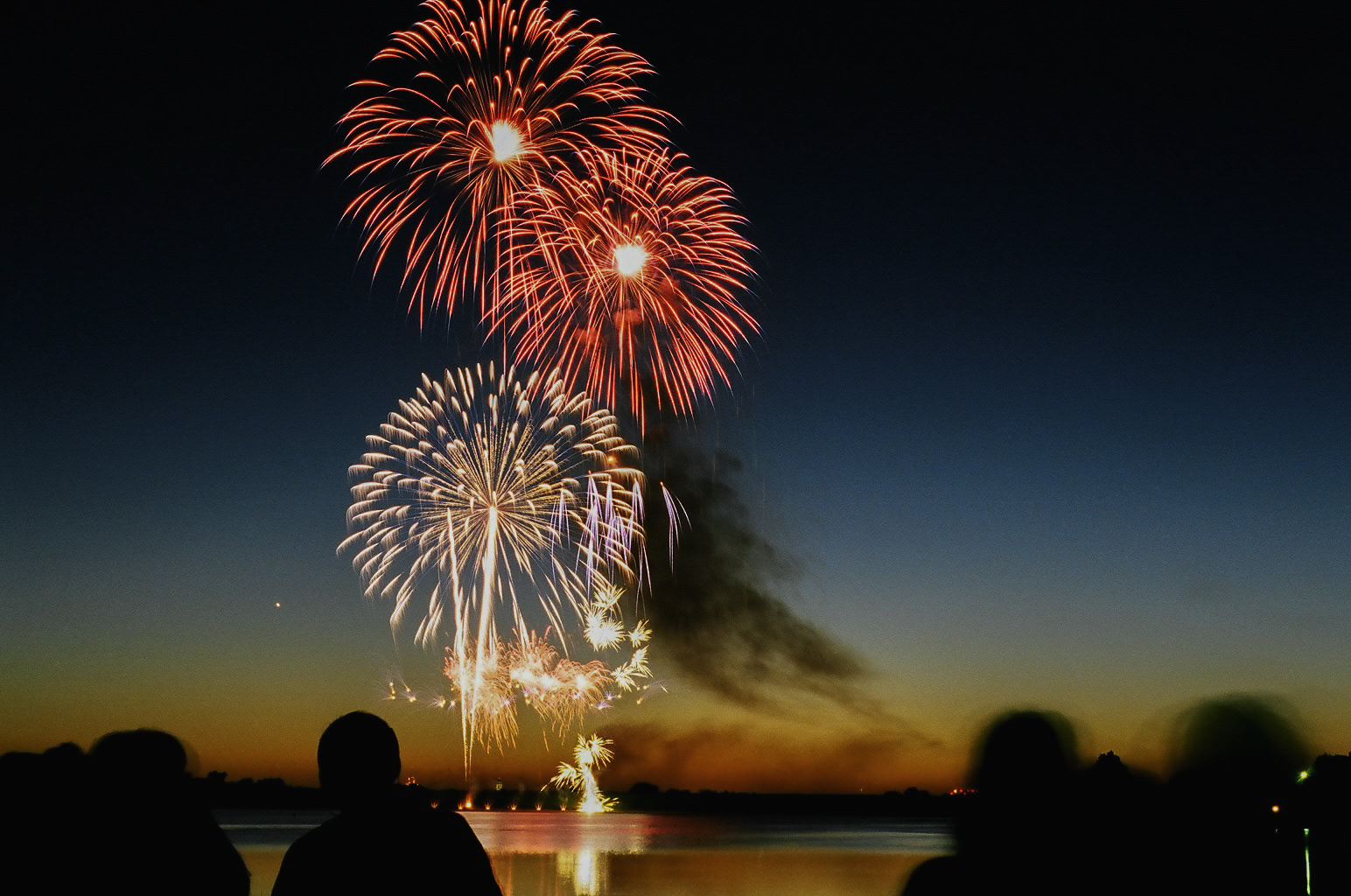
Hey, Nicole, cool post (and I love the strawberry shot). I’ve been tooling around with the X100 for a few weeks and have solved the “silent mode dilemma” when switching to flash – just go in the menu and disable all the sounds, and you’ve got permanent silent mode with no trouble switching to fill flash. The fill flash is actually pretty good.
Hi Nicole!!
Thanks for the excellent review, I have a quick question regarding the off camera flash sync speed, have you got a chance to test out what the max sync speed for x100 is since it’s a leaf shutter instead of mechanical?
Love the blog, keep up the excellent work that you are doing!!!!
No, I haven’t really tested the limits of the sync speed yet. I haven’t been photographing many “moving” subjects lately, lol. :) If I ever do I’ll try and post something on my blog.